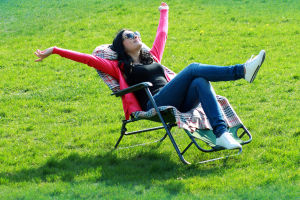Structure Of Skateboard
The skateboard is mainly composed of board surface, sandpaper, bracket, PU, wheels, bridge end nuts, bridge nails, buffer pads, bearings, etc.
1. Board surface
Including the head, tail and foot socket.
The board surface is an obvious component board, which plays an important role in the skateboard.
Each board surface is pressed with several layers of wood chips.
2. Sandpaper
It is glued to the upper surface of the board to increase the friction with the sole and facilitate the control of the skateboard.
3.The bracket
With wheels on it, it's the most durable part of a skateboard.
4.The wheel is an underappreciated part of the skateboard, but the wheel determines the feeling of sliding.
The wheels of the skateboard are made of polyurethane.
Wheels come in different diameters, shapes and hardnesses. ,
Small wheels start quickly, but lack stamina, making them suitable for tricks.
Larger wheels make it easier to glide on uneven ground.
Skateboard wheels are also very particular.
In addition to the impact of the bearing accuracy on the speed, it depends on the performance of the wheel.
5. There are 8 bearings, and each wheel is equipped with 2 precision bearings.
Bearings come in different precision and durability.u
6. PU is a kind of polymer material.
7. The buffer pad is the buffer pad of the industrial logistics loading and unloading platform.
The outer packaging of the skateboard wheel is generally marked with words such as 95A, 100A, 80B, which indicates the hardness of the wheel.
The higher the number in front, the harder it is.
For example a 100A wheel will be stiffer than a 95A wheel.
The hardness of the wheel represented by B will be 20 points greater than that of A, that is to say, the hardness of the wheel of 80B is equivalent to the hardness of the wheel of 100A.
If you like to brush the streets, you often have to deal with the rough road surface, the impact of small stones, small wooden sticks and small cracks, etc..
The soft wheels with hardness between 75A-85A will make you better experience the feeling of chasing the wind.
Generally speaking, scooters are more suitable for children over 3 years old to learn and play.
Children under the age of 3 do not walk very well, their balance is not strong enough, and it is difficult to control themselves.
So they are prone to falling.
And playing a scooter too early may affect children's leg development.
Children over 3 years old can walk relatively smoothly and can be used in the company of their parents.
Generally speaking, children from 3 to 7 years old can practice scooters in moderation, which is conducive to improving balance and coordination.


